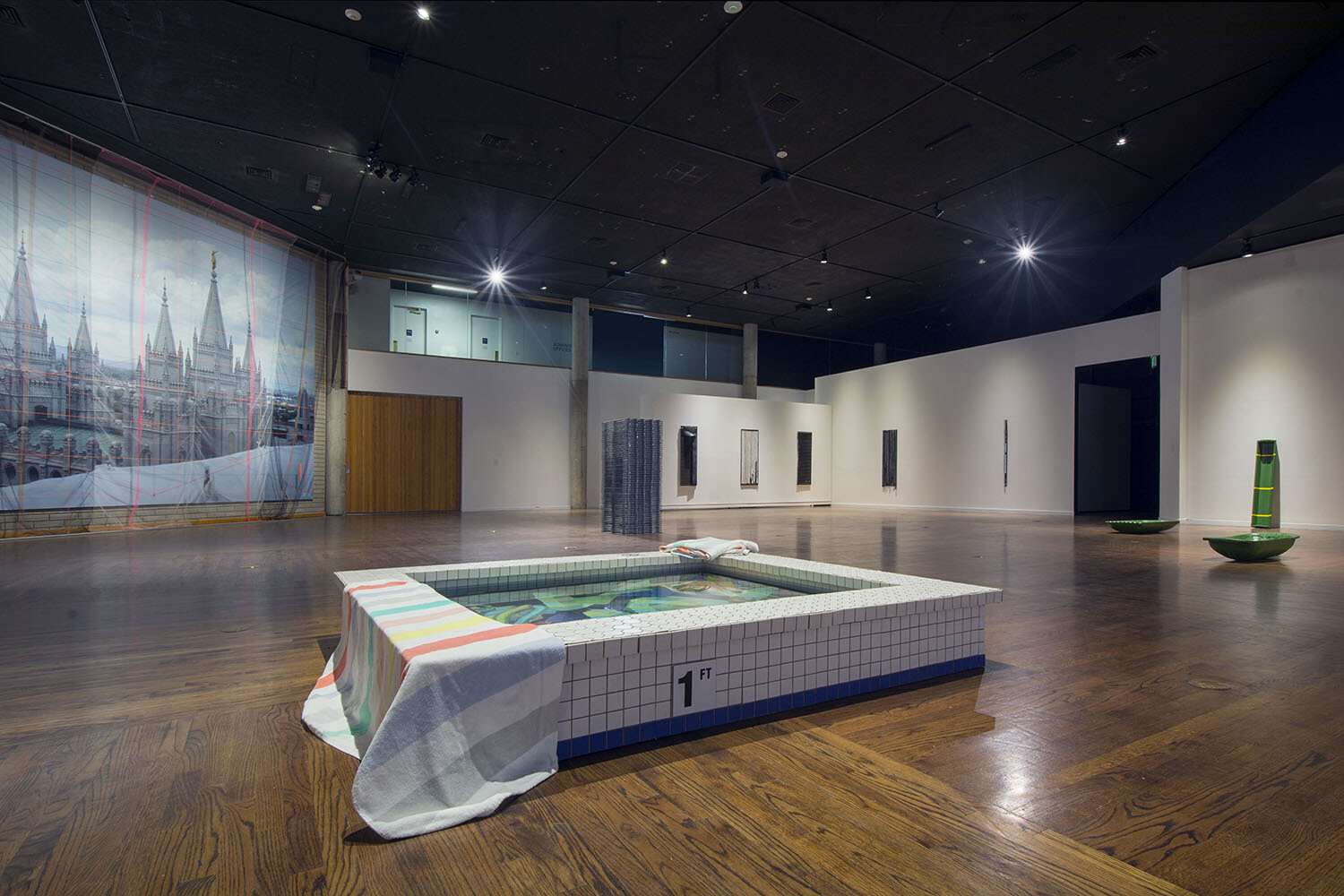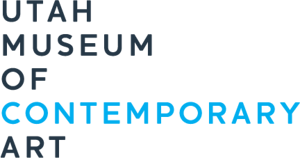August 26–December 17, 2016
20 S. West Temple
Salt Lake City, Utah 84101
USA
T +1 801 328 4201
Curated by Rebecca Maksym
Artists: Olga Balema, Caitlin Cherry, Lizze Määttälä, Leeza Meksin, Tove Storch, Gili Tal
The Utah Museum of Contemporary Art is pleased to present Object[ed]: Shaping Sculpture in Contemporary Art, an exploration of how visual artists use three-dimensionality as a language to simultaneously celebrate and defy traditional systems of structure. The exhibition is open August 26 through December 17, 2016.
Beyond the tired dichotomy of architecture and landscape—or not-architecture and not-landscape—this exhibition looks to the outer terms of exclusion where sculpture lies. By reimagining art historical notions of form, space, and process, the artists featured in Object[ed]: Shaping Sculpture in Contemporary Art cleverly and skillfully illuminate the realms between painting and sculpture, objectivity and subjectivity, as well as production and consumption.
Leeza Meksin and Caitlin Cherry examine the interstices of painting and sculpture, melding the two disciplines in order to expand technique and gesture to three-dimensional modes of representation. Meksin, through her site-specific spandex installations, offers a humorous meditation on the relationship between buildings, bodies, and painting, asking what happens to large inanimate objects when they get dressed up in architectural drag? Inspired by the prominent structures of Salt Lake City’s Temple Square, Meksin has created two installations—an exterior and interior—that conflate notions of ornamentation with construction-based forms. Cherry renders chaotic figurative compositions on canvases and merges them into larger multi-media objects. In Mute City, Big Blue, Port Town, Cherry playfully blurs divisions between two- and three-dimensional forms by constructing a whimsical swimming pool with a submerged painting incased by Plexiglas. Complete with beach towels and a “no diving” glyph, the work invites viewers to gaze upon the shimmering image while warning of the hazardous consequences of miscalculating perception.
Such tactics of optical trickery are also evident in Tove Storch and Lizze Määttälä’s sculptures, as both apply formal exercises of line, color, and shape to sly investigations of material. Storch’s witty take on the expanded field of sculpture suggests a promising and productive balance between knowledge of the discipline’s formal language and an unruly attitude toward conventions. Layering sheets of paper and steel rails into a towering object, Storch employs an unusual process of inserting information into a work by considering the influence of mark making in her practice. A natural rummager of salvages, junkyards, and flea markets, Määttälä turns flotsam and jetsam into stunning structures. From the industrial to the domestic, the rigid to the soft, and the haphazard to the orderly, Määttälä’s sculptures tease the unsettling sweet spot that disarms viewers’ expectations.
Olga Balema and Gili Tal consider elements of production and consumption by recapitulating the subtle ways in which the urban environment becomes a symbolically desirable object while domestic space is commodified through forms of branding and marketing. Balema’s series of found feeding troughs focus on themes of farming, reflecting on constructs of the “other” or “alien” that are often contained in our observation of nature. Evoking the commercial and industrial zone of agriculture through thick layers of green and yellow paint, Balema’s embellished troughs suggest the ambivalent relationship of human beings with the production of food. Tal’s work reassesses everyday complacency within consumerism, calling attention to the insidious and ubiquitous nature of capital that pervades our vision. In But the World Keeps on Turning (Der Himmel Uber Berlin Version), Tal programs three blenders to run at the speed of a ticking clock, suggesting processes of circulation and production that further turn the cogwheel of consumer capitalist leisure.
Focusing on the slippage of traditional structures—whether of form, of culture, of society, or of history—this exhibition opens new channels for understanding how sculpture defines and disrupts physical, conceptual, and political space. The artists in Object[ed]: Shaping Sculpture in Contemporary Art look beyond historic definitions of three-dimensionality, effectively reframing and expanding notions of objecthood.



